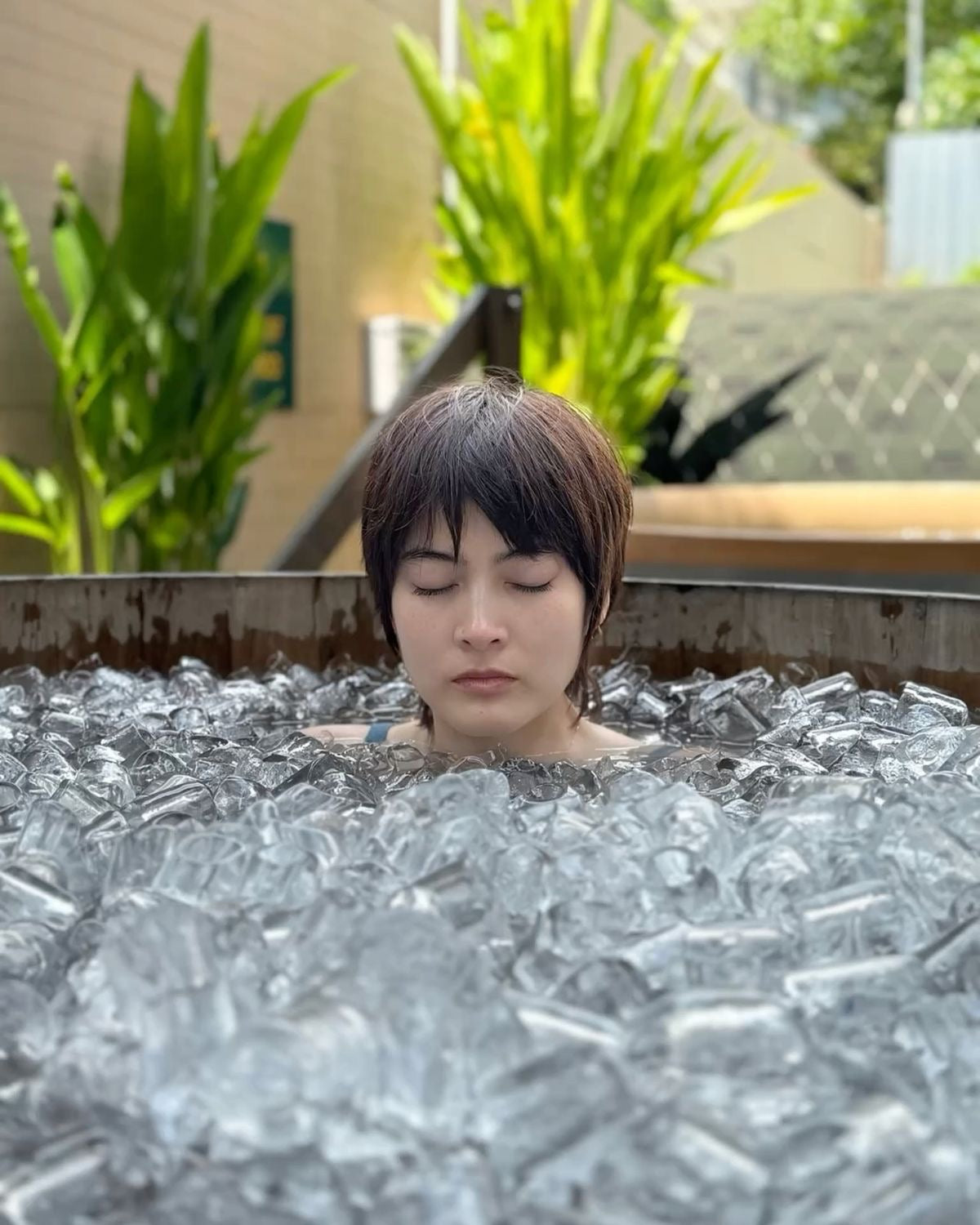Curious about diving into an Ice Bath Tub or Cold Plunge? Short answer: yes, ice baths can reduce inflammation. But don’t just jump in! Keep reading to see how Cold Water Immersion really works, why people swear by it, and how to do it safely for best results.

2. The Direct Impact: How Ice Baths Combat Inflammation
2.1 Immediate Physiological Mechanisms
2.1.1 Vasoconstriction to Reduce Swelling and Blood Flow
Cold water immersion causes vasoconstriction.
Blood vessels narrow, helping reduce swelling and limit blood flow to inflamed areas.
This is especially helpful after intense exercise or minor injuries.
2.1.2 Slowing Metabolic Activity and Nerve Signalling
Cold exposure slows metabolic activity in tissues.
It dampens nerve signalling, reducing pain perception.
This numbs soreness and keeps swelling under control without medication.
2.2 Post-Immersion Benefits for Recovery
2.2.1 Increased Blood Flow for Waste Product Removal (e.g., Lactic Acid)
After leaving the cold water, blood vessels dilate again.
This improved circulation helps flush out waste products like lactic acid.
It aids recovery by bringing oxygen and nutrients back to muscles.
2.2.2 Reduction in Muscle Damage Markers and Soreness (DOMS)
Ice baths can reduce muscle damage markers.
Many athletes report less delayed onset muscle soreness (DOMS).
They’re popular for supporting faster recovery between sessions.
3. Nuances and Broader Anti-Inflammatory Effects
3.1 Understanding the Body's Adaptive Response
3.1.1 Temporary Acute Inflammation vs. Long-Term Adaptation
Inflammation is part of natural healing.
Cold therapy controls acute inflammation, but too much can limit long-term adaptation.
Balance is key to let your body build resilience.
3.1.2 Role in Immune System Modulation and Cellular Health (Autophagy)
Cold exposure may support immune modulation.
It can promote autophagy, the body's process for clearing out damaged cells.
This supports cellular health and may reduce chronic inflammation over time.
3.2 Performance, Recovery, and Chronic Inflammation
3.2.1 Potential Impact on Muscle Growth (Strength Training Concerns)
Frequent ice baths after strength training may reduce muscle growth.
Their anti-inflammatory effects can blunt signals needed for muscle adaptation.
Use them smartly, especially after competitions or tough sessions.
3.2.2 Emerging Evidence for Chronic Conditions (e.g., Arthritis, Gout)
Some evidence suggests ice baths may help with chronic inflammatory conditions.
People with arthritis or gout might find relief with controlled cold exposure.
However, it’s best to get medical advice before trying.
4. Optimising Your Ice Bath for Anti-Inflammatory Benefits

4.1 Best Practices and Important Considerations
4.1.1 Recommended Temperatures, Duration, and Frequency
Aim for 10–15 °C water for around 5–10 minutes.
Avoid overdoing it—excess cold can suppress helpful inflammation.
Always stay aware of your comfort level.
4.1.2 The Importance of Individual Response and Professional Guidance
Everyone reacts differently to cold therapy.
Pay attention to your body and warning signs.
If you have health conditions, consult a healthcare professional before starting.
4.1.3 Research Gaps and Future Directions
While many athletes love ice baths, research is still evolving.
Results on performance and chronic inflammation remain mixed.
More studies will help refine recommendations and uncover new benefits.
5. Takeaways
-
Ice baths can reduce inflammation and support *muscle recovery.
-
Best used with other balanced recovery methods.
-
Know your limits and follow recommended times and temperatures.
-
Always consult a professional if you have health concerns.
6. Conclusion
Ice baths aren’t a miracle fix, but they’re a useful tool if used wisely.
With the right approach, they can help manage inflammation and keep you feeling your best.






